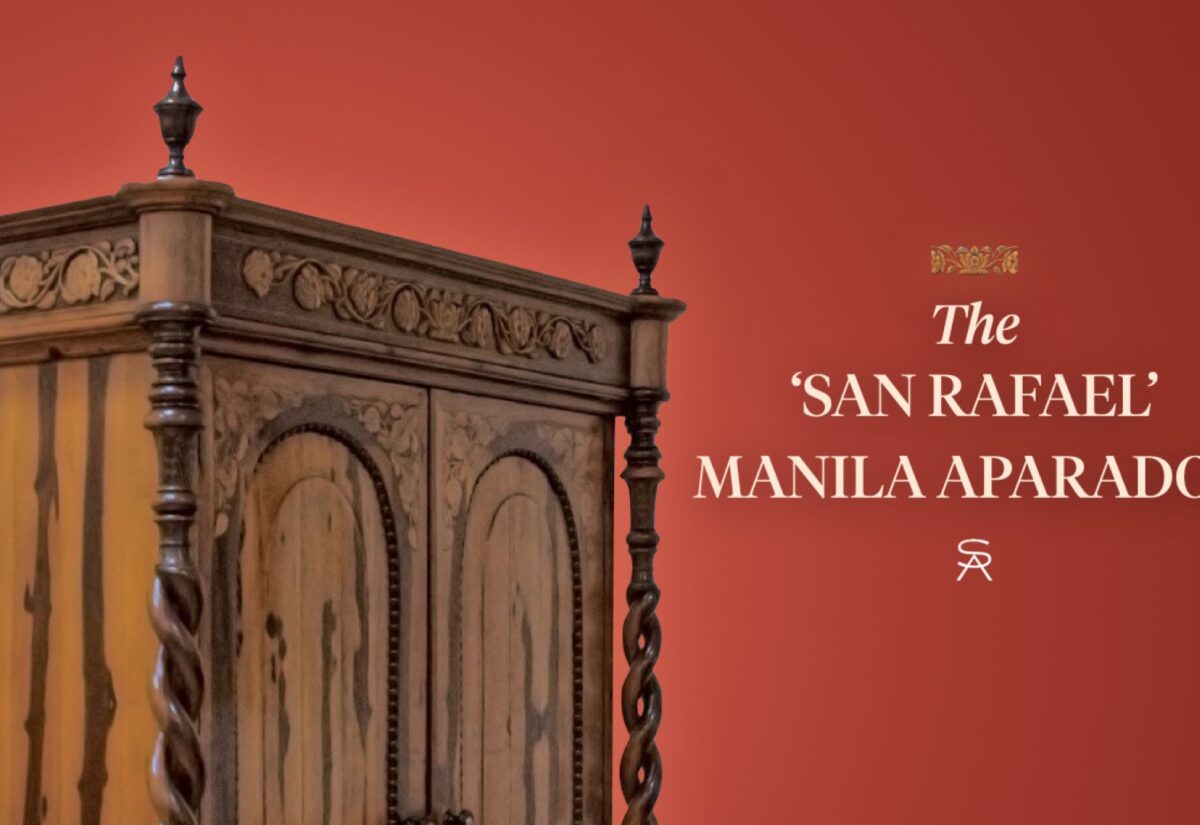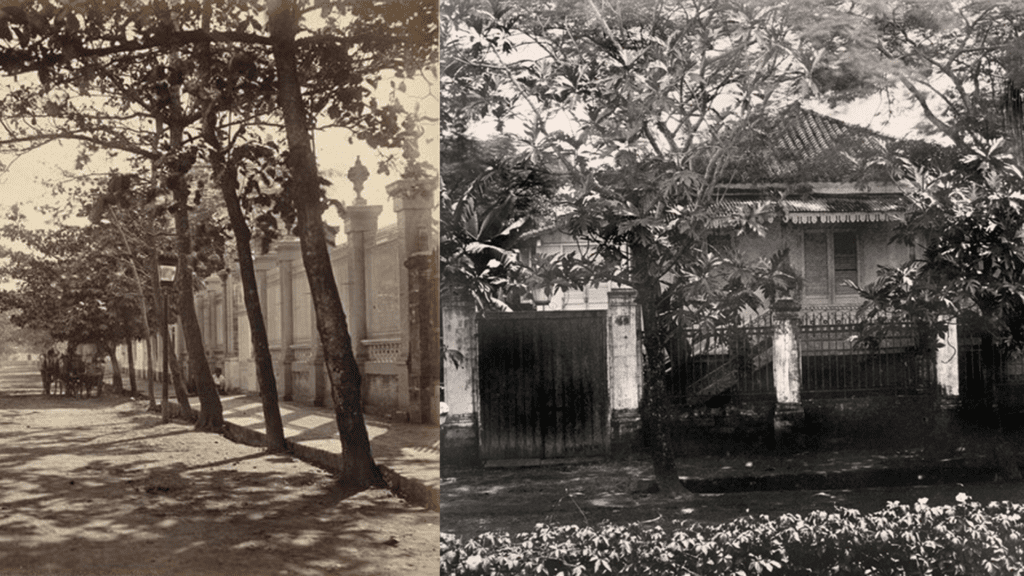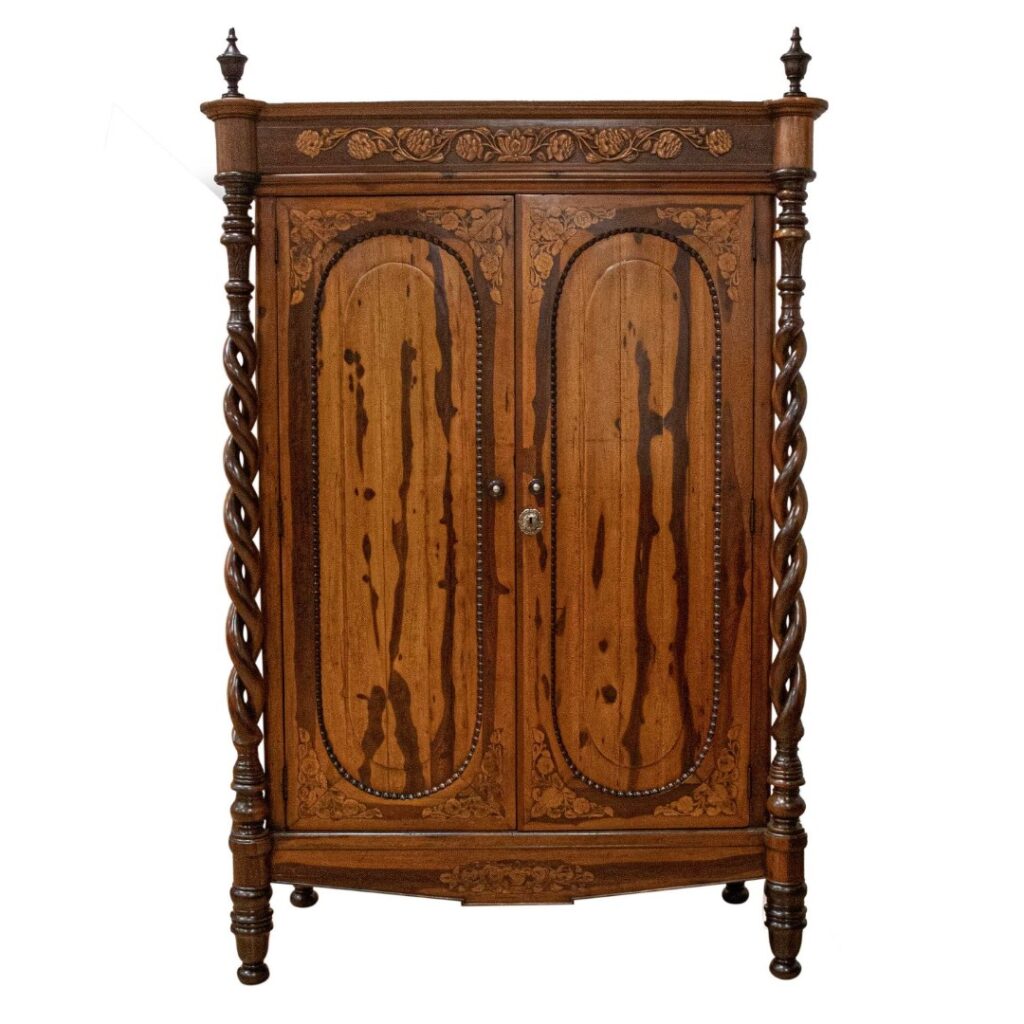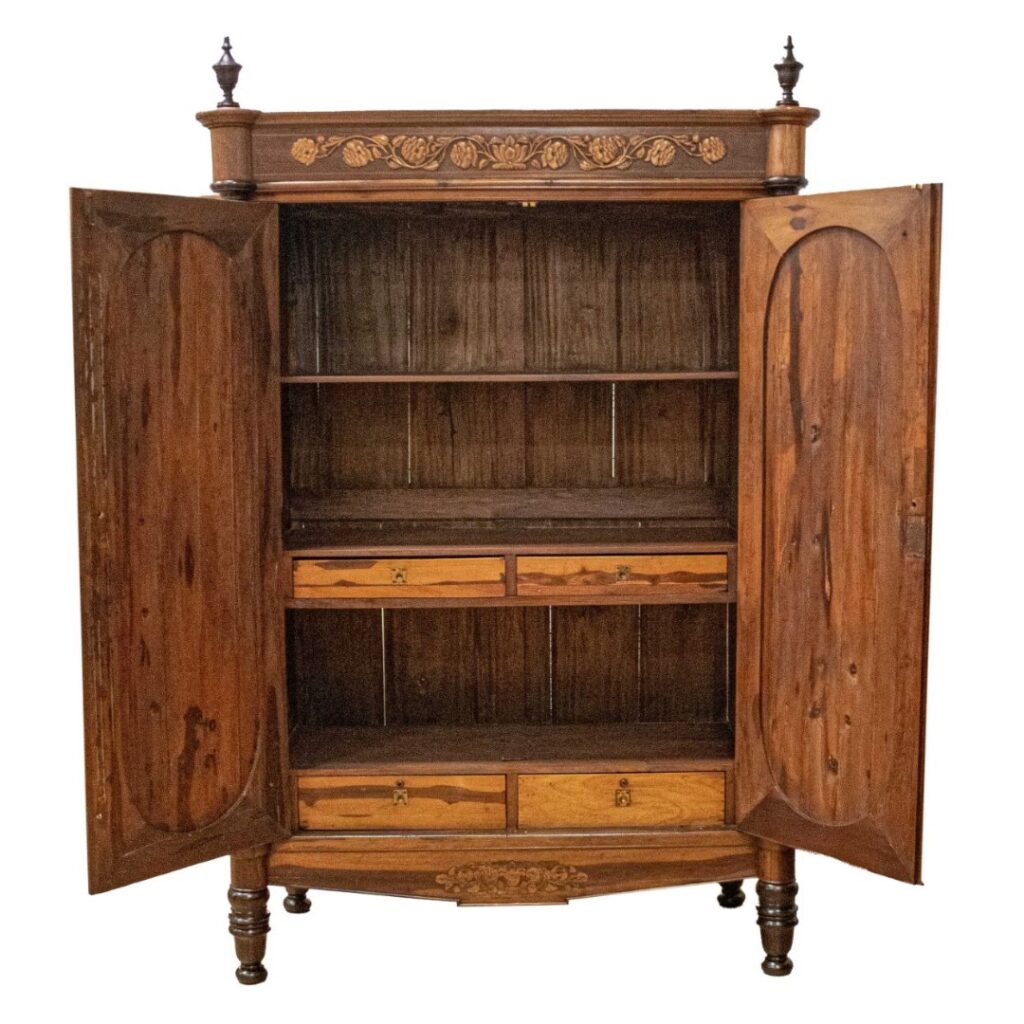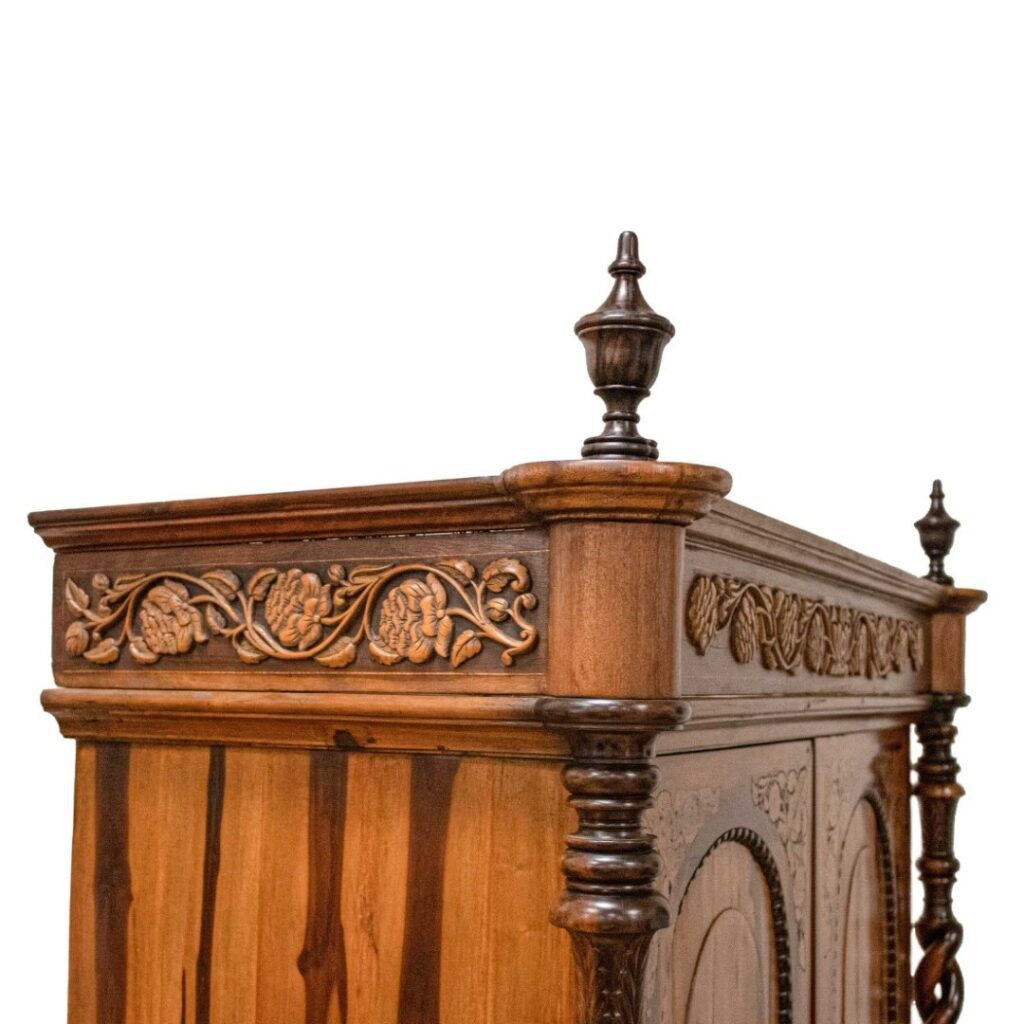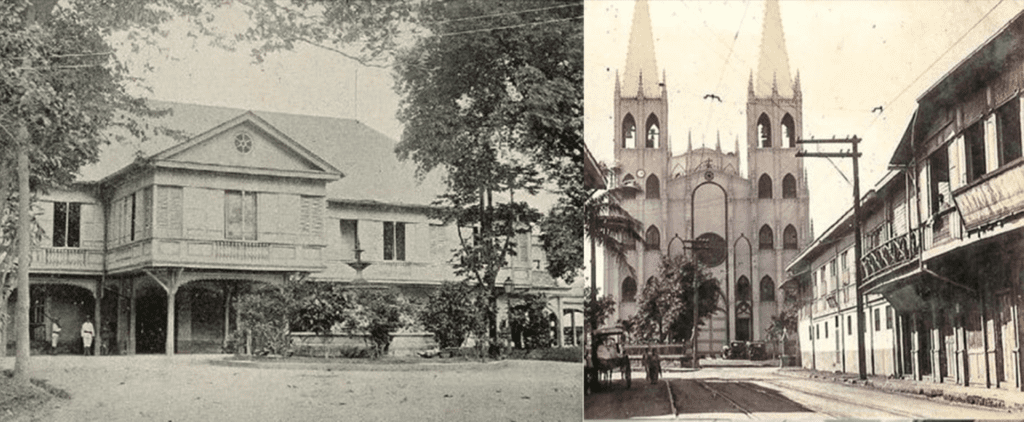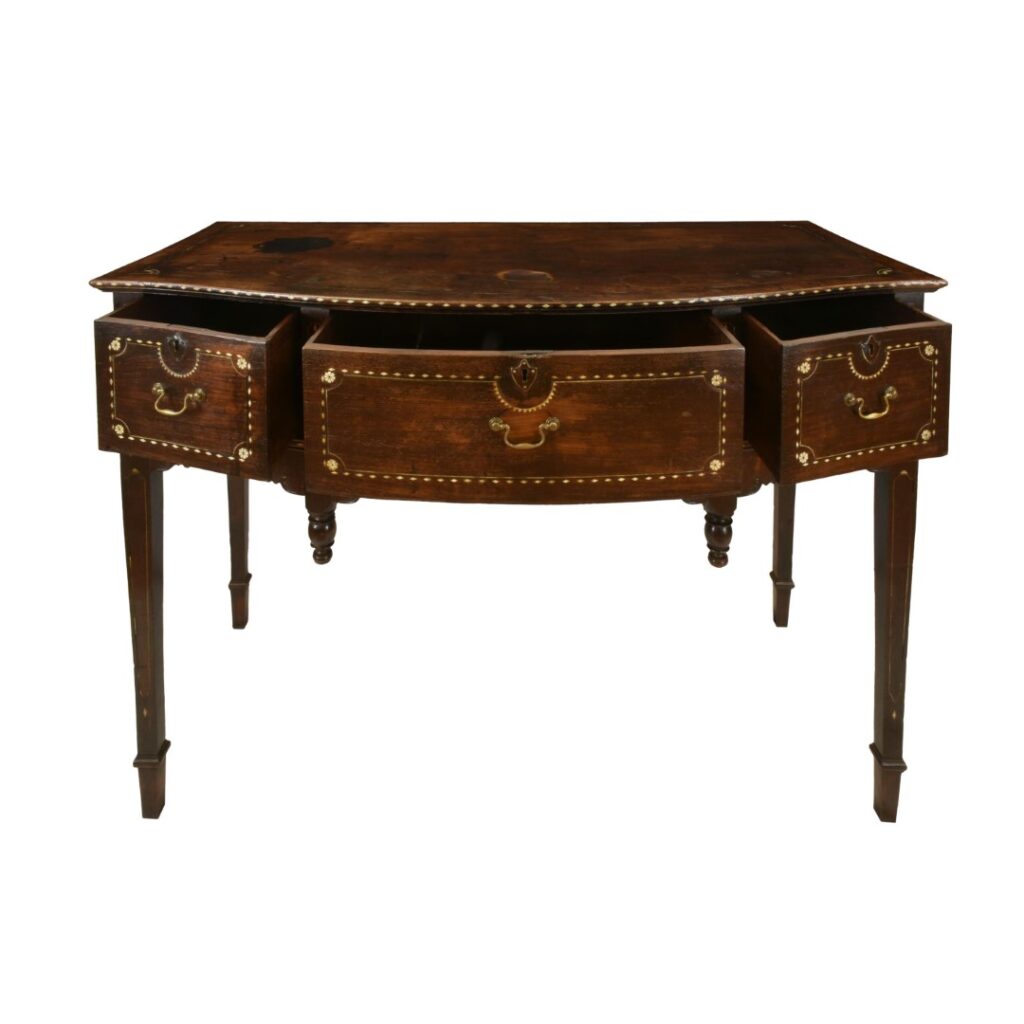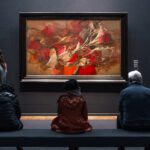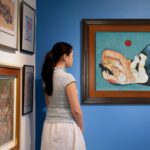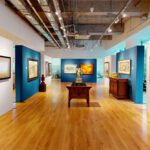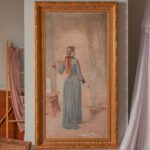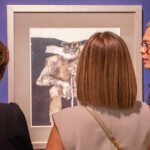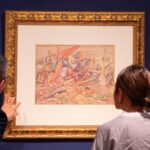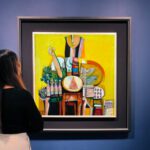The chime of church bells, the clip-clop of horse hooves on cobblestone, and the scent of freshly baked bread wafting from the panaderia just around the corner— these were what awakened the senses on a typical morning along San Rafael Street in San Miguel, Manila during the 1800s.
Only the most illustrious families of Manila lived along San Rafael Street— the same street where the summer residence of the Spanish Governor General was built. Today, this same residence still stands, only now it is known as the country’s seat of government, Malacañan Palace. As one can imagine, San Rafael’s ancestral homes housed tangible histories, ranging from art to furniture.
A rare and most exquisite example of Hispano-Filipino ‘principalia’ furniture, The ‘San Rafael’ Manila Aparador – named after the fabled street in the patrician district of San Miguel on which stood the ancestral home of a distinguished and extremely wealthy family where it was discovered – will be going to auction at the Salcedo Auctions ‘Important Philippine Art & Furniture’ sale on Saturday, 13 March 2021.
The Most Impressive ‘Manila Aparador’ to Ever Come to Light
To date, no such Manila Aparador as stunning and remarkably well-preserved as the ‘San Rafael’ has emerged in recent history. Because of its superior craftsmanship, evidenced by the aparador’s intricate and elaborate details, eminent furniture historians note that this could have only been made by a supreme. master of his craft.
“Kamagong is difficult enough to work with, let alone manipulate to this degree! And yet, the artisan behind The ‘San Rafael’ Manila Aparador found a way to showcase each part of the hardwood, highlighting its natural grain and different hues in the process. The creation is astounding— it may even be the first of its kind, used as the supreme template even…other Manila Aparadors that have been found are constructed much simpler in comparison,” says Salcedo Auctions widely-esteemed furniture specialist, Bonie Mercado.
‘Manila Aparador’ refers to all of the aparadors that were produced in Binondo, Manila. In general, these aparadors were of the boxy type and featured posts on their sides. What makes the ‘San Rafael’ Manila Aparador standout are its posts, applique crown details, and the type of kamagong wood used— known locally as ‘babaeng kamagong,’ which means that the wood is lightly tinted.
The posts of the ‘San Rafael,’ arguably inspired by Bernini’s awe-inspiring baroque baldachin surmounting the high altar of St. Peter’s Basilica, have been carved from a single piece of wood— the continuous design flowing almost naturally, creating a three dimensional effect. The posts can be rotated to reveal either the lighter or the darker grain of the kamagong. No cost was spared in the making of this fine work of art as even the details of the crown— peonies, a flower motif symbolizing prosperity in Chinese culture, were carved separately then attached to the mantlepiece.
The Binondo Craftsmen
Binondo, 1800s. Beyond the Walled City of Intramuros were the busy workshops of Filipino and Chinese artisans. Inside, amidst the planks of kamagong, narra, and the finest hardwoods, the skilled craftsmen would work day and night to fulfill the commissioned pieces belonging to their clients— the illustrious families of Manila.
The rise in agriculture led to the development of lush haciendas that in turn paved the way for this wealthy social class. These illustrious families sought out the local craftsmen of Manila, once hired primarily by the church, to build bespoke furniture for their own grand ancestral homes.
(Left) The summer residence of the Governor-General, now Malacanan Palace, in San Miguel, Manila. (Right) A street view of Felix R. Hidalgo St. (formerly Calle San Sebastian) which bisects San Rafael St. This area was well known for the numerous grand mansions that lined the streets, as elite families enjoyed proximity to both the Basilicas of San Sebastian and Quiapo, as well as the summer residence of the Governor General along San Rafael St.
At the time, every single piece of furniture was painstakingly made by hand— no machinery, apart from simple hand tools, was involved in the creation process. Only mastercraftsmen with decades of practice under his belt could even manipulate kamagong, the most difficult of all the hardwoods. As such, it would take weeks— even months— to complete one Manila Aparador, and it would come with an extremely high price tag.
Western Influences
The designs of the Binondo artisans would reach the far-flung provinces of the nation by boat. Back then, the Pasig River served as one of the main passageways for cultural exchanges. This would explain how the aesthetics of the West were able to spread like wildfire all the way to provinces such as Bulacan. There, their own local artisans added their own twist to their creations, resulting in magnificent works of art such as this Sheraton Altar Table from Baliuag.
This altar table was made for one’s private veneration, where the wealthier families could practice their faith within the comforts of their households. In the past, an altar would be made only for use in a church.
This Sheraton Altar Table from Baliuag has ample space in its drawers to keep prayer cards, holy water, and even candles for the tabletop. It has been used in opulent homes for decades, even surviving through the Second World War.
Now, this distinguished altar table, along with the ‘San Rafael’ Manila Aparador – among the highlights of the Salcedo Auctions ‘Important Philippine Art & Furniture’ sale – will be going under the hammer live and online on Saturday, 13 March 2021 at 2PM. The online catalogue will be available at salcedoauctions.com starting Wednesday, 24 February 2021.
For inquiries, email info@salcedoauctions.com or contact +63917 825 7449 | +63917 107 5581. Follow @salcedoauctions on Facebook and Instagram.
